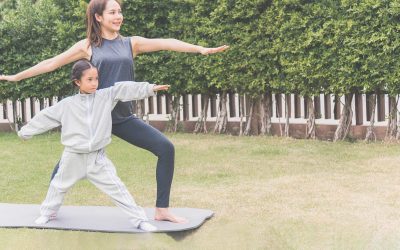Best Shoes For Flat Feet? Are Insoles For Flat Feet Needed?
Is there anything cuter than baby feet? Pudgy rectangles with tiny sausage toes… it’s amazing to think that these little blocks of cuteness will one day run, jump and support your child’s weight through to adulthood.
Feet start out mostly decorative, used for little more than ‘This Little Piggy’. But once your baby is pulling up to standing, the feet are called into action. Anatomy of foot is complicated; suddenly 26 bones, many joints and even more muscles all need to work together to achieve balance, mobility and propulsion.
A baby’s foot is supposed to look flat, and forcing a rigid ‘supportive’ shoe on your new walker can do more harm than good.
It is at this point that many parents worry about arch development and supportive shoes, but it is important to remember that one of the best ways to develop muscle tone and encourage arch development is to walk barefoot. In fact, some studies have shown an association between wearing shoes early in childhood and flat feet, and other studies show no long term difference in arch development between children who wore sneakers versus running shoes. A baby’s foot is supposed to look flat, and forcing a rigid ‘supportive’ shoe on your new walker can do more harm than good. What are the best shoes for flat feet? A flexible sole and wide fit, especially at the toes, is best and most similar to being barefoot. Remember that for young children, shoes are mostly for protection and not support. A more important factor in flat foot development is childhood obesity, so focus on getting keeping your child active, and worry less about the shoe they wear – if they wear one at all!
What are the best shoes for flat feet? A flexible sole and wide fit, especially at the toes, is best and most similar to being barefoot.
Foot arches don’t typically begin to appear until around 6 years of age – and studies show that arch supports like insoles for flat feet (orthotics) before age 6 don’t influence development. For this reason, most experts advise waiting until after age 6 to consider orthotics, unless the lack of arches are causing problems like knee or ankle pain. In these cases, orthotics can add support to otherwise mechanically stressed joints, and prevent problems from worsening down the road. Some kids won’t develop their adult arch until age 10, so it is important to be patient, and consider each child’s foot and any problems individually.
Most experts advise waiting until after age 6 to consider orthotics, unless the lack of arches are causing problems like knee or ankle pain.
It is estimated that 70% of adults have collapsed arches, so the reality is that your child may eventually inherit your feet. If orthotics are deemed necessary for your child, know that they have evolved and are now flexible and comfortable, and can be accommodated in a variety of shoe types. Also, they don’t necessarily need to be replaced with every growth spurt, and can typically be used for up until 1.5 – 2 shoe size increases.
Flat feet in adults are a big concern and common source of pain and limitation, but the good news is that in children, this is most often part of normal development.
Flat feet in adults are a big concern and common source of pain and limitation, but the good news is that in children, this is most often part of normal development. The best approach for most children is to allow for plenty of barefoot time, and to use a watch-and-wait approach to monitor arch development, while staying aware of any pains or problems as they develop.
Want to learn more about flat feet in children?
Other foot maladies like fungus on skin or ingrowing toe nail?










